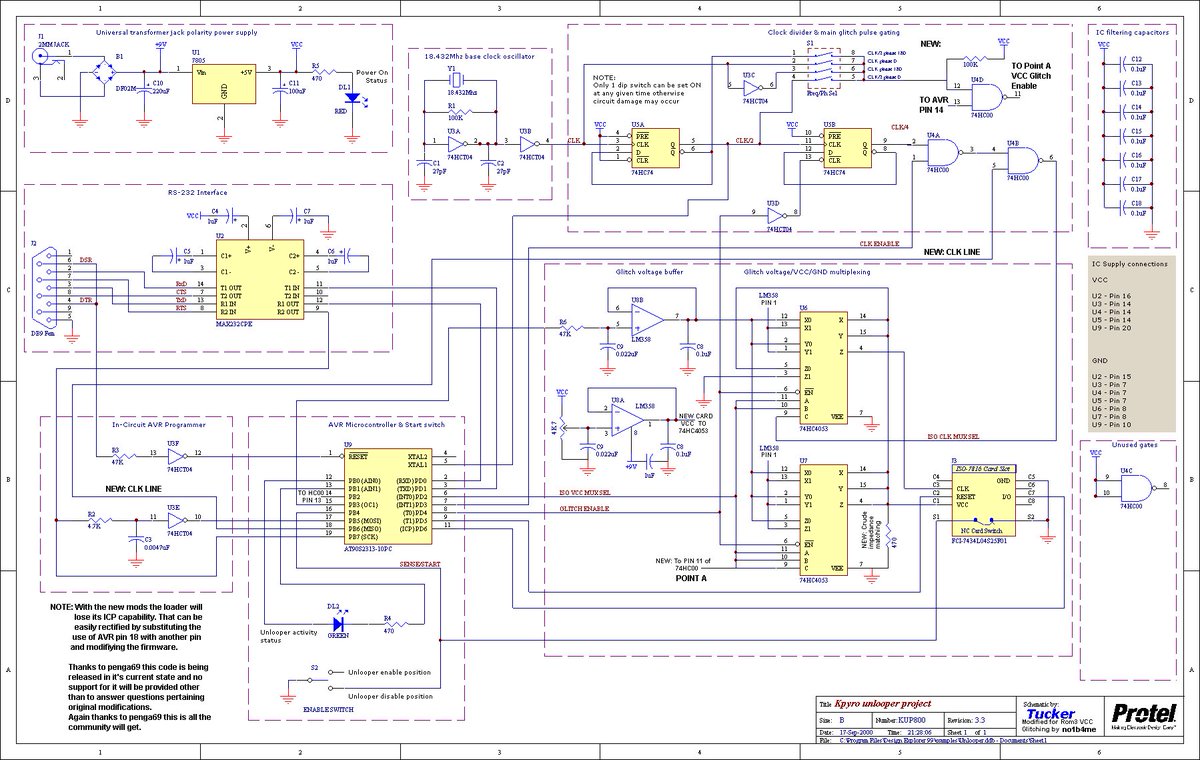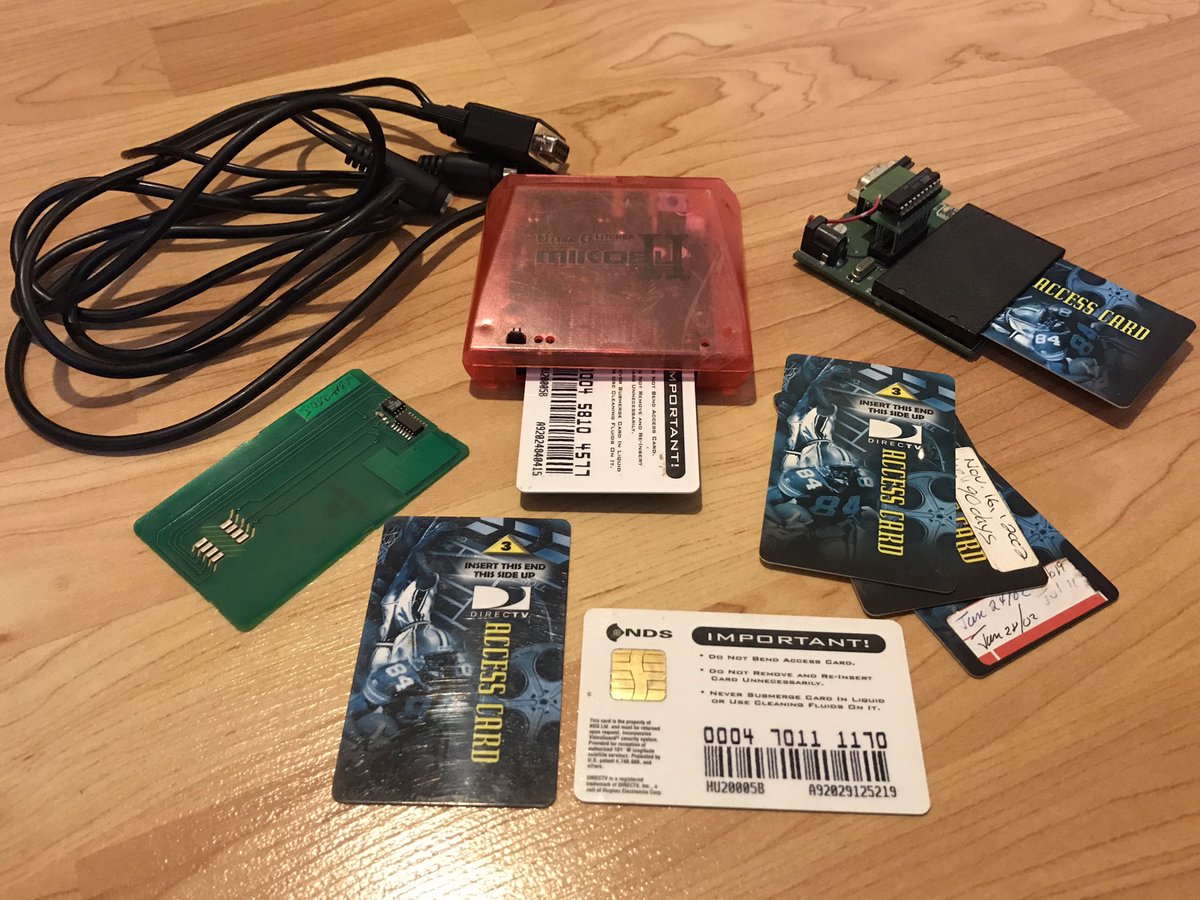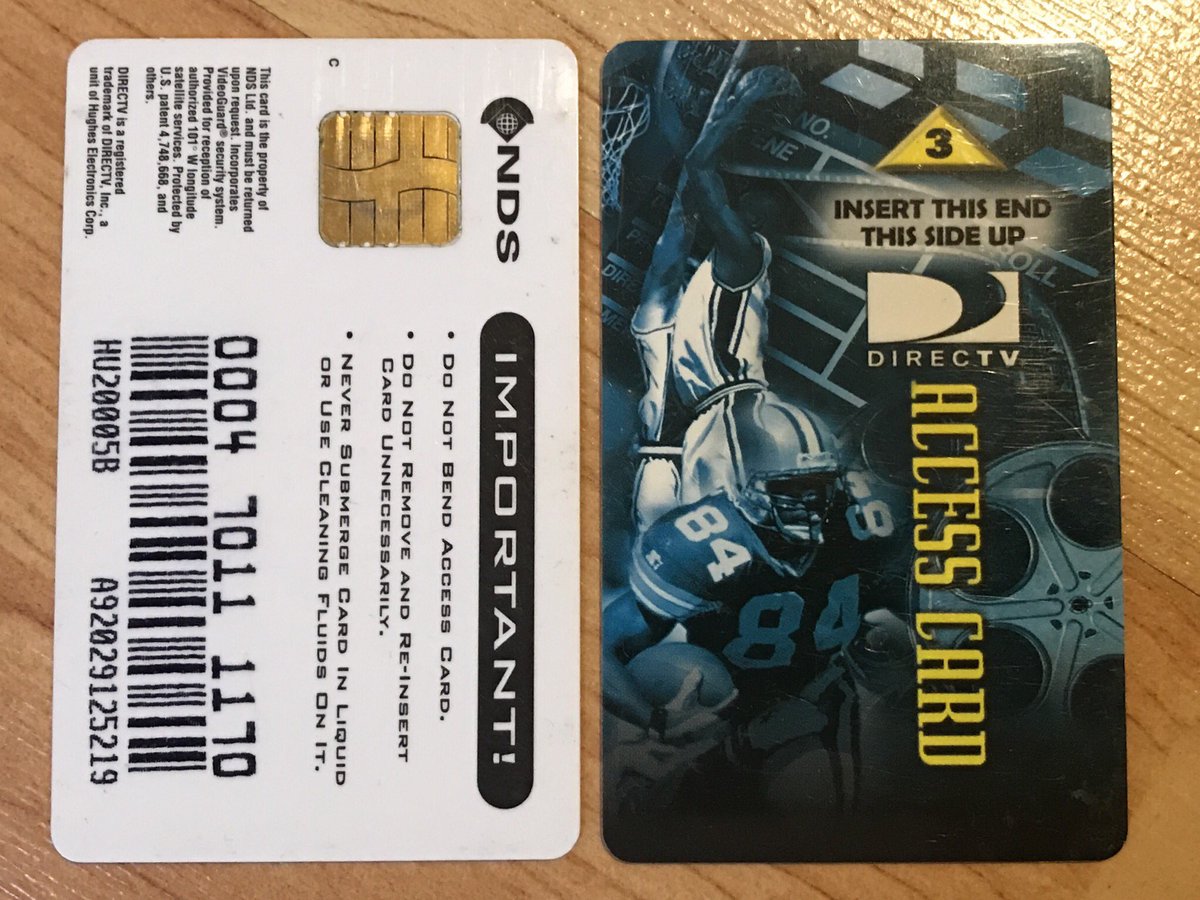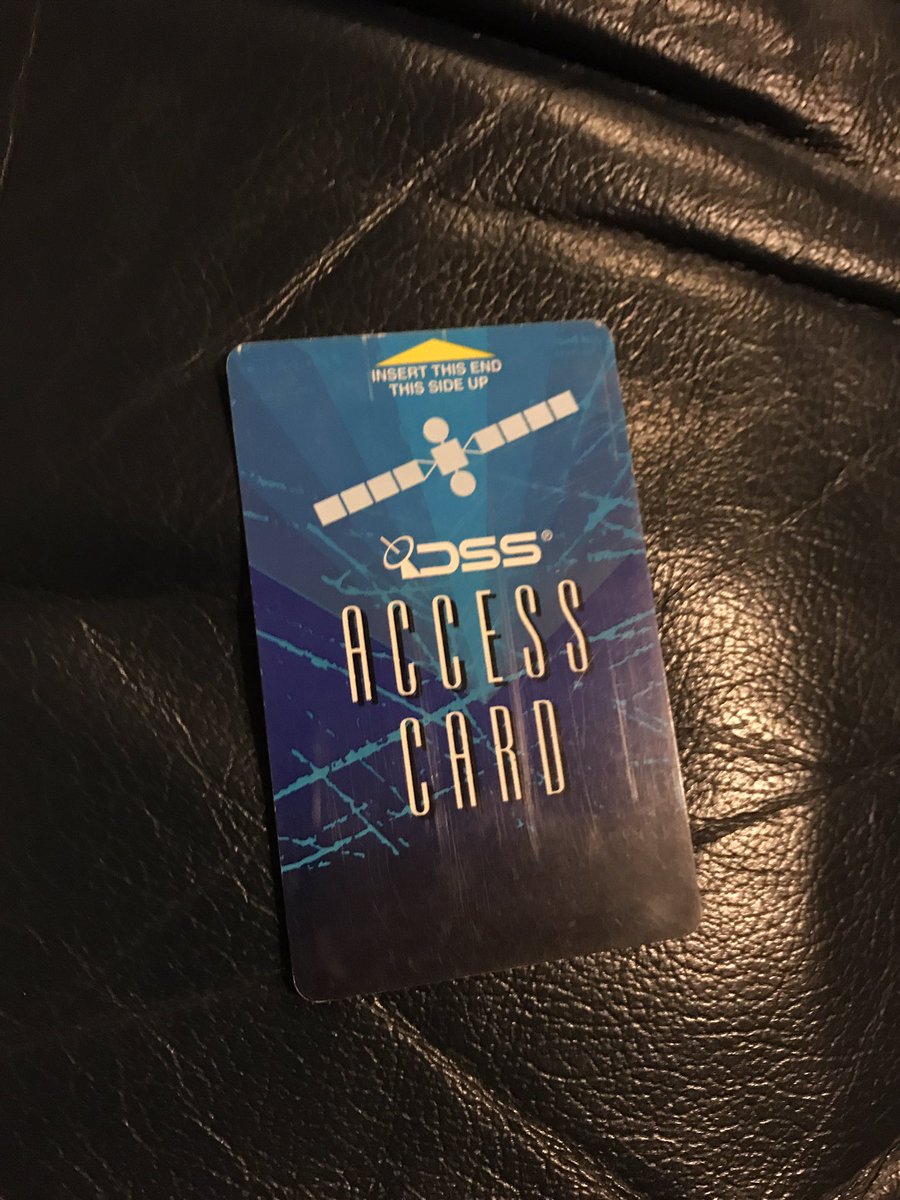
A table of contents thread for my satellite TV pirate history of the 90s/2000s series. There are still a lot of untold stories - I will share more memories as they come up.
The thread with each story will be linked below.
#tvpiratehistory
The thread with each story will be linked below.
#tvpiratehistory

If this kind of history interests you, think about supporting @internetarchive - without the Wayback Machine, a lot more hacking history would already have been lost forever.
archive.org/donate/
archive.org/donate/
“Black Sunday”, the most well-known counterattack against DirecTV “H card” pirates, in 2001.
https://twitter.com/akacastor/status/1052376286495035392?s=21
The battery card - the first pirate card sold to watch free DirecTV, a hack for the “F card”.
https://twitter.com/akacastor/status/1053172196057604097?s=21
The “HU card” was the third DirecTV smartcard, and was widely pirated in the early 2000s.
https://twitter.com/akacastor/status/1054964796506939392?s=21
RON.EXE, a 1996 hack for DirectTV “F cards”, with a colourful rant directed at a competing satellite TV pirate.
https://twitter.com/akacastor/status/1057010946986524672?s=21
• • •
Missing some Tweet in this thread? You can try to
force a refresh










